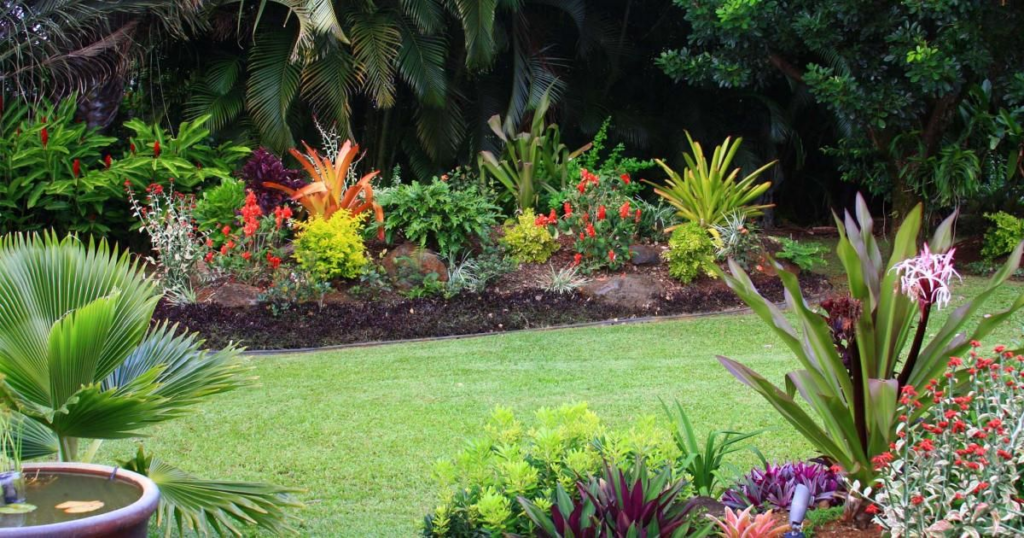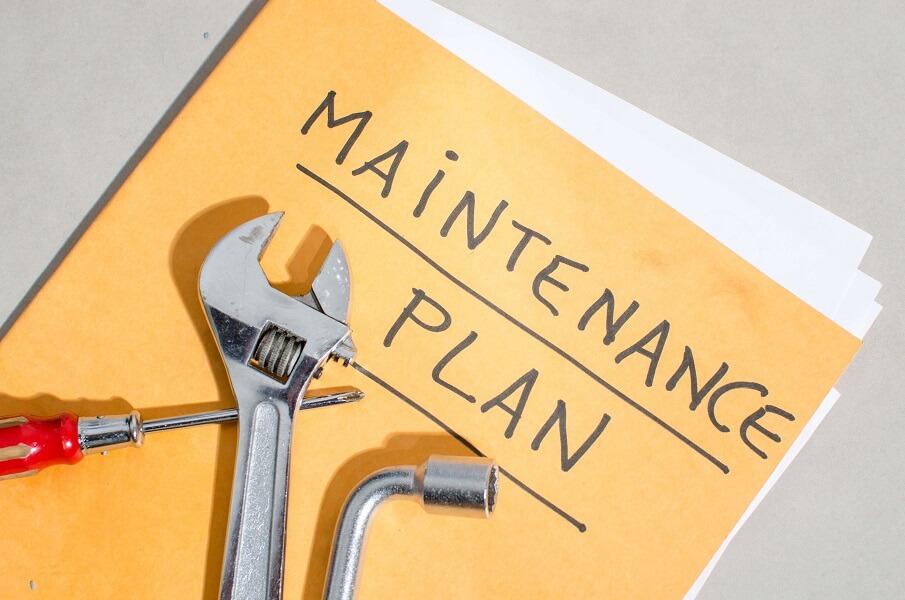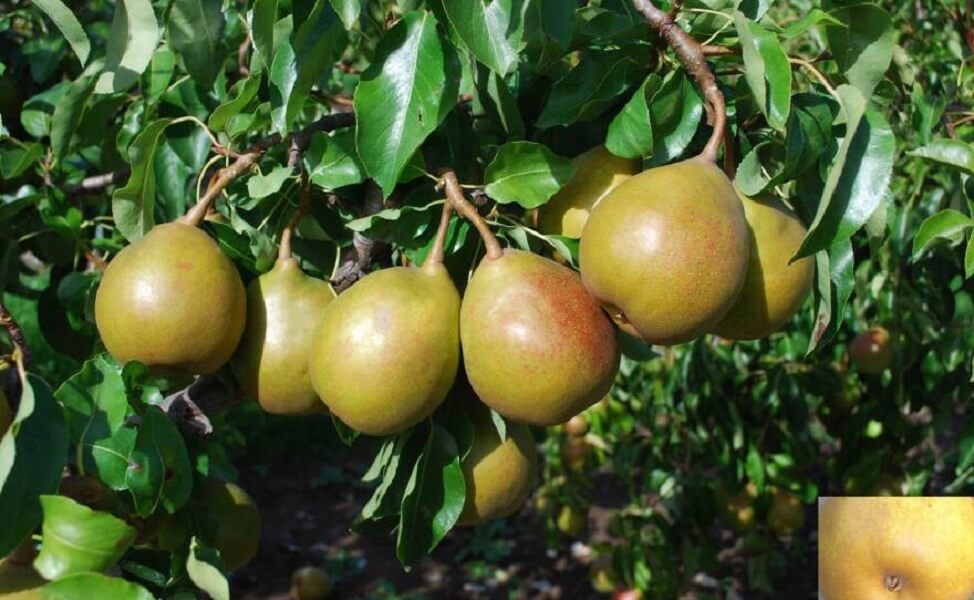
It doesn’t matter whether you’re an experienced gardener or you’re just starting – there are always new things to learn and try out. If you’re a beginner, the amount of information you’re receiving from others can be overwhelming and a bit scary. If you’re looking for tips and tricks that will help you create and maintain a beautiful yard, you’ve come to the right place. Read on to find the best gardening tips that will transform your yard into an oasis.
Think about the growth
It might be tempting to group all of your favorite plants, especially if your garden isn’t very spacious, but try to refrain from that. Your plants will need room to grow, so try not to pack a lot of plants in a small patch of soil. In case you’re aiming for a dense landscape, by all means, plant them closely, but try to relocate some of them when they mature enough. Another convenient way to get that dense and “full” look is to plant so-called “filler” plants such as butterfly bush, tall verbena, and golden tree mallow.
Pick the right time to prune
While to a beginner, pruning can seem like an unnecessary task, it’s essential to do it because it will allow your plants to grow better the following season. Spring is the perfect time to prune your plants because the ice and cold temperatures can cause branches to freeze and even become disfigured. You can even do some pruning in late winter by cutting off low branches you don’t want to keep on your evergreen shrubs and trees. Some shrubs, however, should be pruned at different times, depending on when they bloom. This is why shrubs that bloom in summer should be pruned in winter or very early spring (before new growth occurs), and spring-flowering shrubs can be pruned right after their spring flowers fade.
Don’t overwater

Even though it can be tempting to water your plants every day (sometimes even a couple of times per day), try not to do it. Your flower beds should be evenly moist, not thoroughly soaked, and you can water them once or two times a week max. In summer, it’s best if you water your plants very early in the morning or after sundown because these are the times when the air is cooler and the water won’t evaporate too soon. Store your retractable garden hose reel in the shed when you’re not using it because this way it will last much longer. If you’re not home a lot, you can always try setting up an irrigation system so you don’t have to do the watering when you’re tired.
Don’t plant for flowers only
Planting so that during summer you can enjoy the beautiful flowers is lovely, but you shouldn’t plant for blooms alone. There are so many plants that offer much more than pretty petals, and it would be a good idea to do a bit more research on fruits and herbs. You can pick the plants that have beautiful, lush foliage, interesting bark textures, or that give delicious fruit even if these don’t have pretty flowers. If you plant a wide variety of plants, you will enjoy your garden much more in fall and even winter, not just in summer.
Add protective plants
We already mentioned that you should look past the pretty flowers when picking plants for your garden, but did you know you can plant them for protection? When you pick the right plants and provide them with the right conditions, you can end up with a protective circle around your property that looks great at the same time. If you live in a windy area, by planting conifers and broad-leaved evergreens you will not feel the winds as much. On the other hand, if you’re craving some privacy and can’t exactly set up a tall fence around your home, you can plant some large-scale perennials or even ornamental grasses because these will give you a real privacy screen.
Starting your gardening journey can be challenging, but the good news is that the more you garden, the better you’ll be. They say that practice makes perfect, and you will soon learn from experience what works for your plants and what doesn’t. Don’t forget that the most important thing is to enjoy what you do – if you find gardening fun and fulfilling, it means you’re on the right track.




